A journey from Buon Don to the fashion stage
H'Ang Nie’s childhood in Buon Don, Dak Lak was far from extravagant dreams. As a young Ede girl, she simply wished to become a primary school teacher, bringing literacy to children in the highlands. But life took a difficult turn after her father's early death, leaving her illiterate mother to shoulder the burden of raising her children. H’Ang helped by herding cows and working on coffee plantations to support the family.
“My childhood dream was to be a teacher. As I studied more, I began to hope I could become someone successful and bring value to the people in my hometown,” she shared.
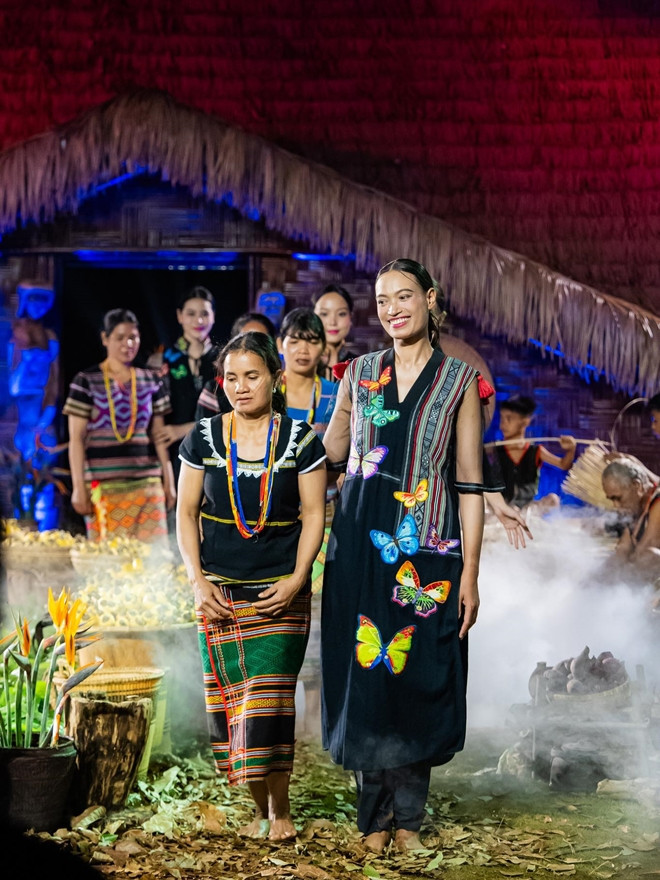 |
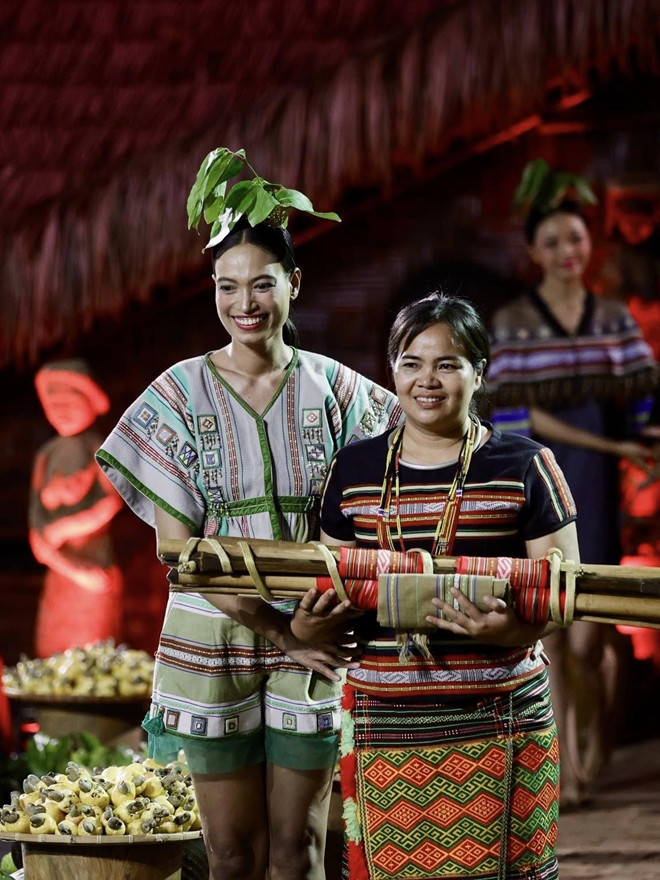 |
H’Ang Nie is an Ede girl born in Buon Don, Dak Lak.
Despite barriers in language, finances, and traditional family views, she remained committed to education, reading extensively and improving her Vietnamese. Beauty contests unexpectedly became her launching pad. Through these platforms, she saw an opportunity to introduce Ede culture to the world and support the elderly and children in her village through charitable work.
Her path to recognition wasn’t smooth. Competing in eight pageants, H'Ang learned valuable lessons from each attempt. There were times she wanted to quit, but the encouragement of her mentors helped her keep going. Every failure was a stepping stone to growth.
A pearl rising above prejudice
Her dark bronze skin - a defining beauty of the Central Highlands - once hindered her modeling dreams. “I was mocked and criticized. But I used it as fuel to try harder. My dark skin is a source of pride for the Ede people and the Central Highlands community,” she told VietNamNet.
Yet it was these challenges that made her stronger. She transformed perceived weaknesses into strengths, using every insult as motivation. The nickname “Black Pearl” of Vietnamese fashion wasn't just about appearance. It reflected her rare spirit - a gem forged through resilience and determination.
Her worldview was shaped by the deep cultural values of the Ede: strong community ties, a simple and sincere way of life, and warm, open hospitality. Growing up in Buon Don - the birthplace of festivals, traditional brocade weaving, and bamboo crafts - she embodies both the wild beauty of nature and the intricate elegance of local artistry.
Her mother, though uneducated, passed on priceless lessons in perseverance and compassion. “She always told me to study hard so I could one day help those who are vulnerable. My discipline and determination come from her,” H’Ang said.
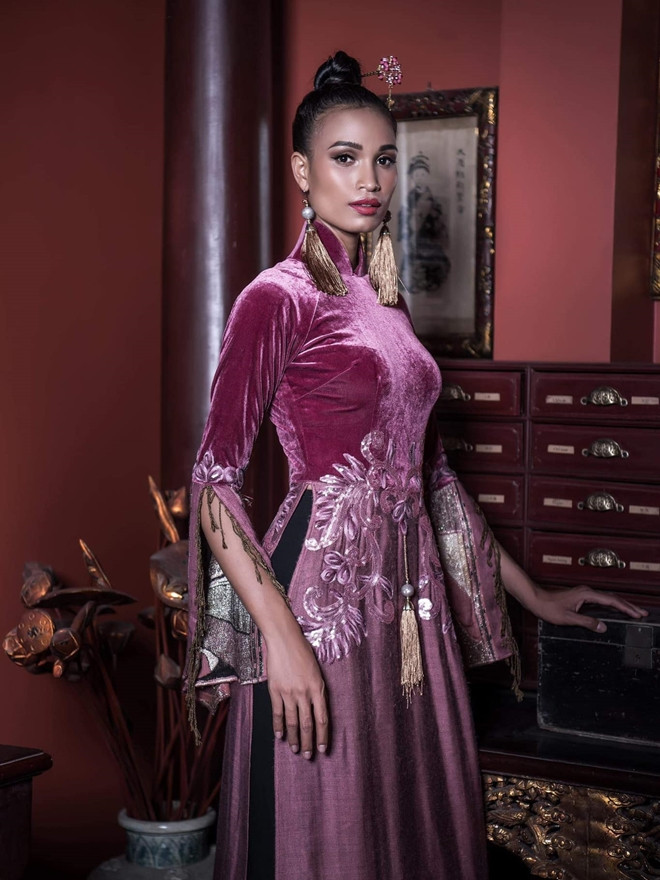 |
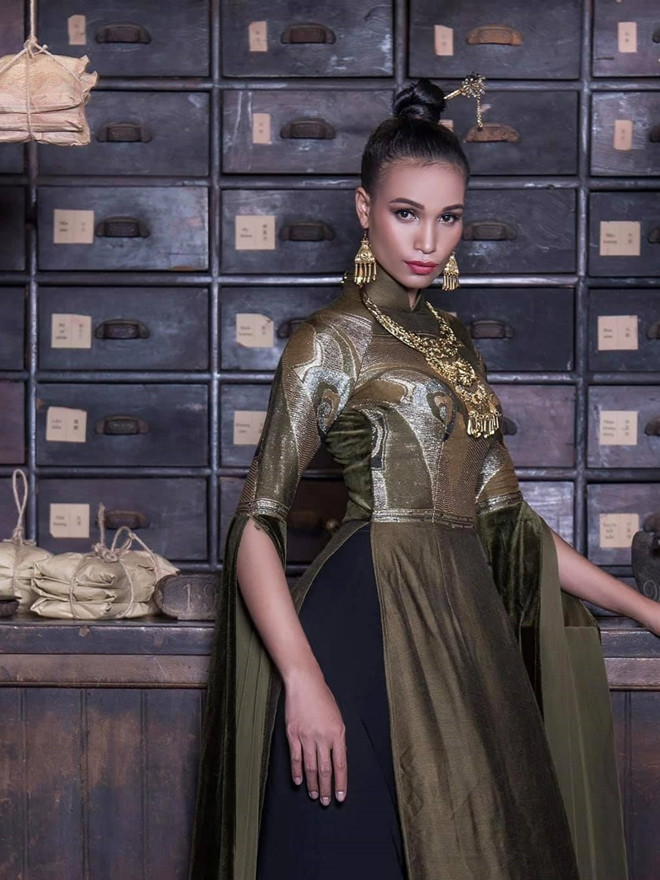 |
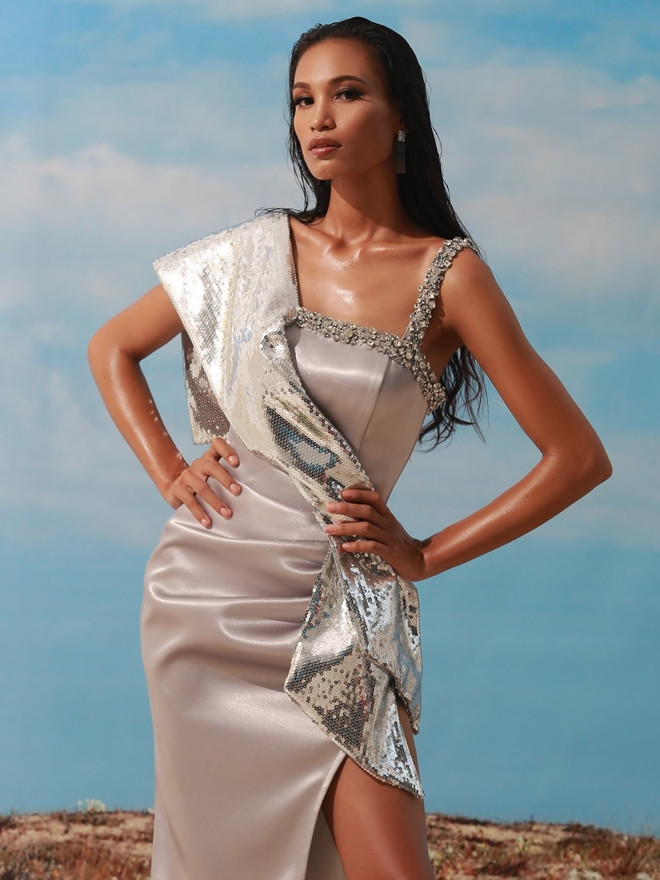 |
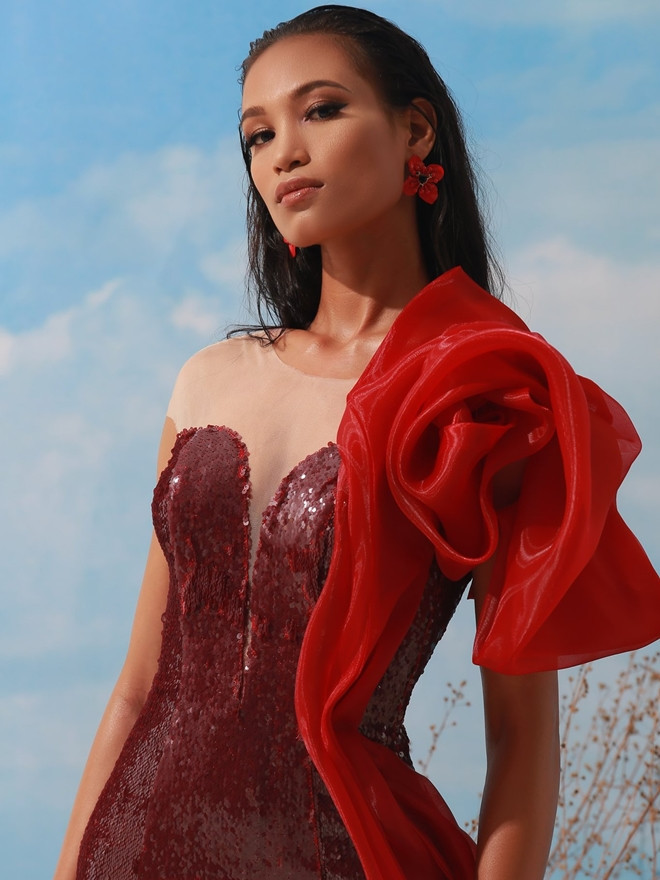 |
H’Ang Nie was crowned second runner-up at Miss World Next Top Model 2018.
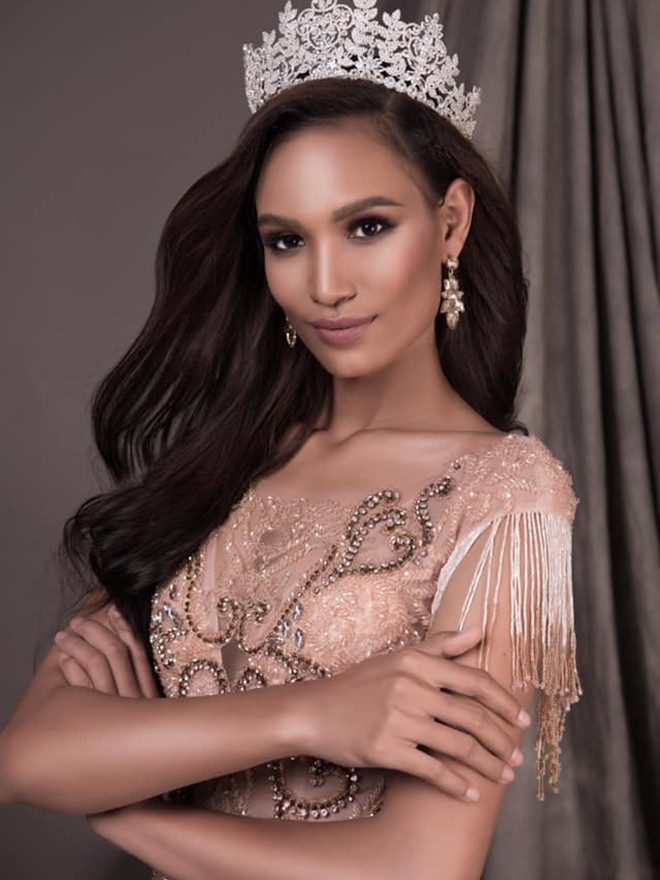 |
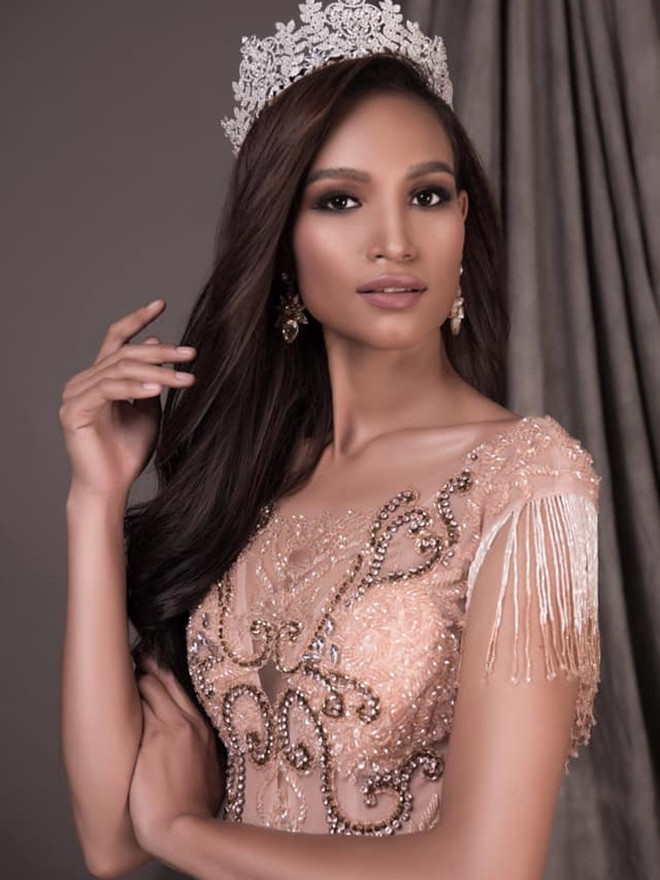 |
Carrying the cultural torch of the Ede
Today, H’Ang Nie is more than a model. She is a skills trainer and motivational speaker. Every stage she walks, every frame she appears in, carries her mission to promote and celebrate the culture of the Ede people.
“I’ve always considered myself a cultural ambassador of the Ede. I want more people to know about our identity and colors. I’m always willing to support projects that promote Central Highlands culture,” she affirmed.
In a digital age where public scrutiny is fierce, H’Ang chooses to face controversy and pressure with calmness and grace. She knows her worth isn’t defined by others’ judgments but by her commitment to her path and her contributions to society.
She remains deeply connected to her roots, using her influence to serve the ethnic minority community - especially children and the elderly - through charity work and village visits. It’s her way of honoring the land that raised her and fulfilling her mother’s teachings.
This year, beyond her modeling, teaching, and business endeavors, she plans to learn a traditional musical instrument. More than a personal interest, it’s her way of preserving and celebrating cultural heritage in a globalizing world.
From a young girl herding cows in Buon Don to Vietnam’s “Black Pearl” of modeling, H’Ang Nie’s story is a powerful journey of strength and aspiration. She not only transformed her own life but is reshaping societal perceptions of diverse beauty and the deep value of indigenous cultures.
Huy Minh